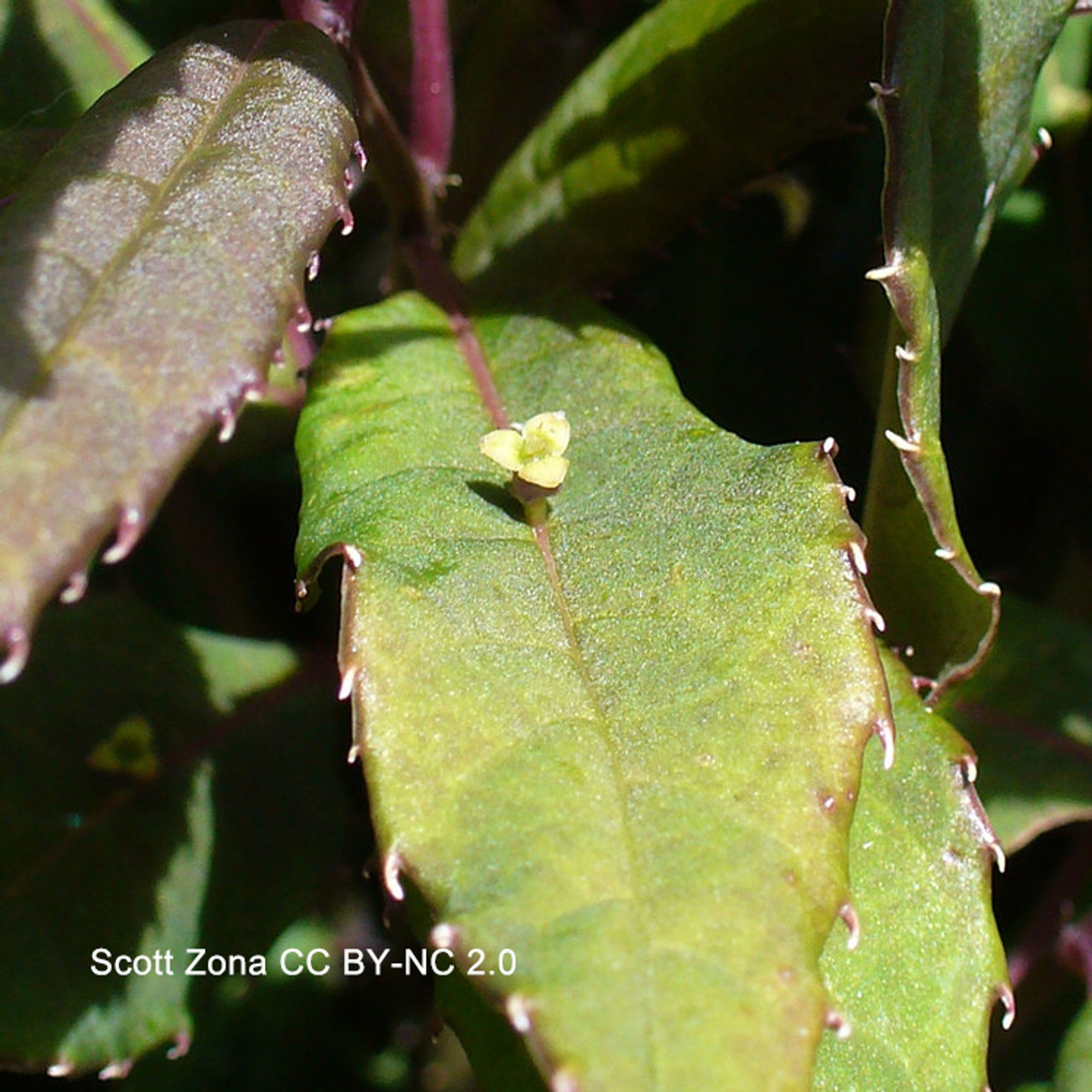
Dispersal by ants is especially common in northern hemisphere temperate woodlands & Mediterranean biomes. These food bodies on the seeds of Sanguinaria canadensis, a plant of e. N. Amer., are irresistible. 📷: Kent McFarland CCBYNC2 #Papaveraceae#dispersal#ants#Botany 🌱🌾🧪
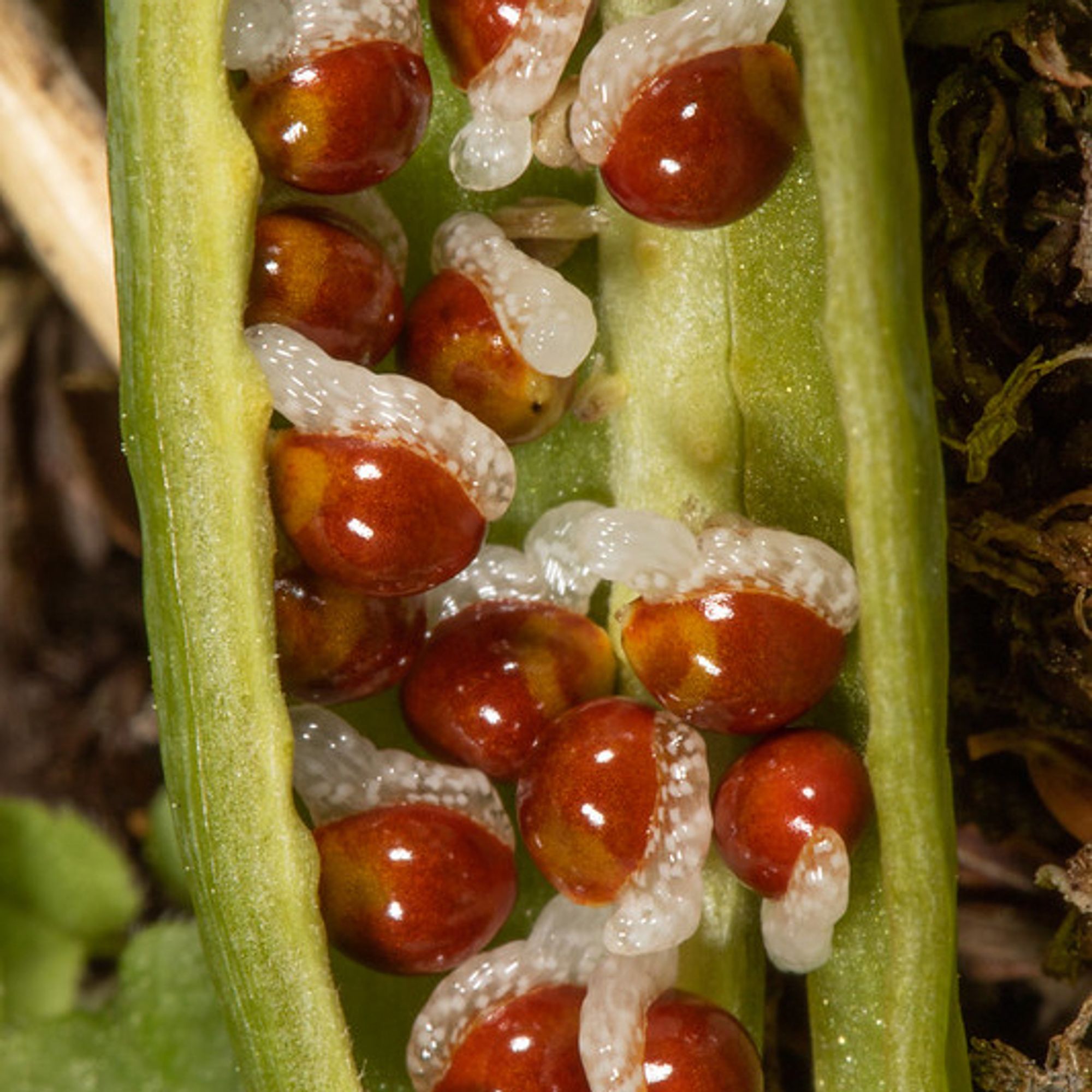
Myrmecochory may have evolved by co-opting the corpse-carrying behavior in ants. The scents of seeds and/or elaiosomes are similar to those of dead insects. Some seeds are dispersed by ants even though they lack elaiosomes. 📷: Brian Henderson CCBYNC2 #dispersal#ants#Botany 🌾🧪🌱
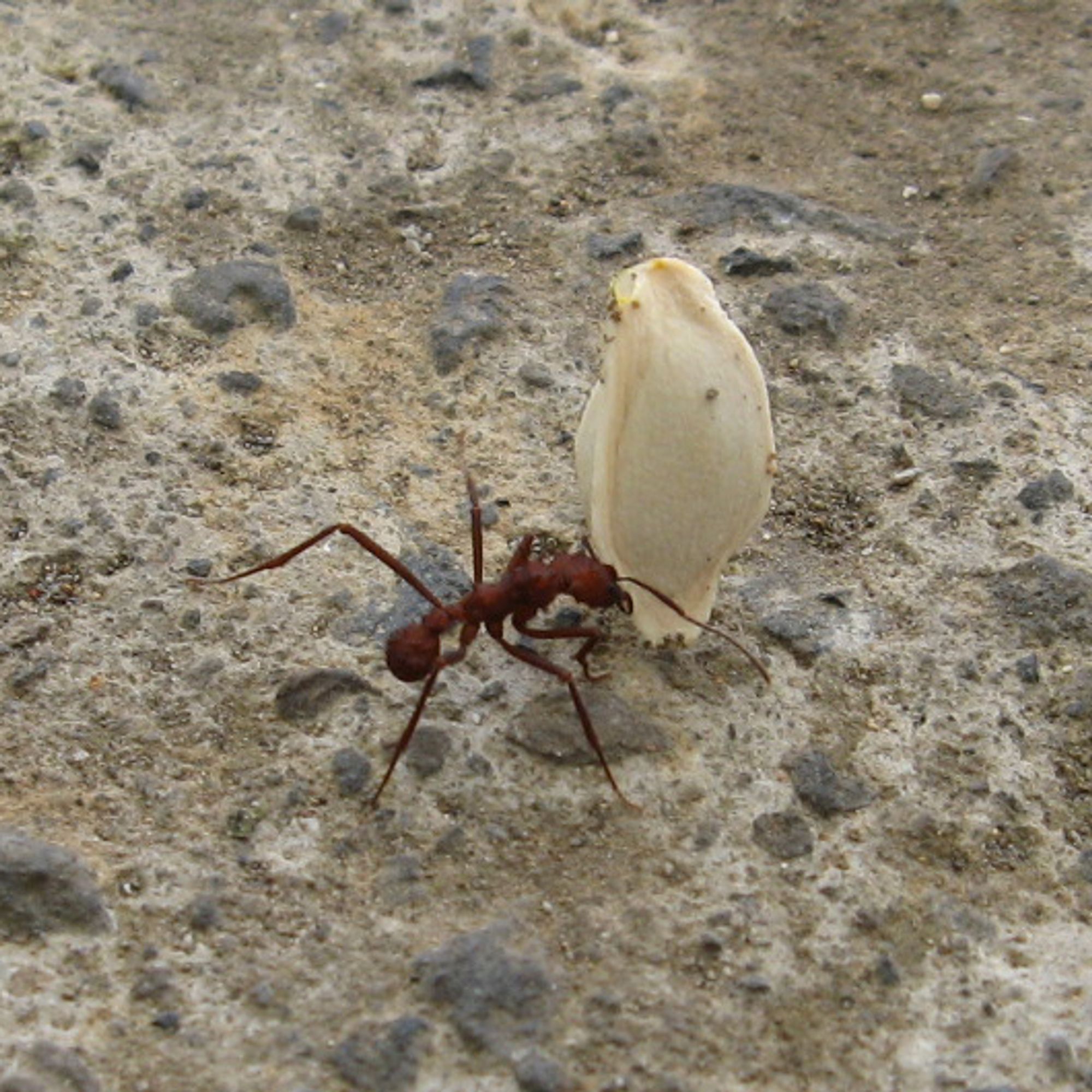
Food bodies vary in nutrients, but think of them as artificial prey. They have proteins & fats like dead insects & are called elaiosomes (“fat bodies”). They are derived from ovule stalk or seed coat. These are on the seeds of Turnera ulmifolia. #Passifloraceae#dispersal#botany 🌱🧪🌾
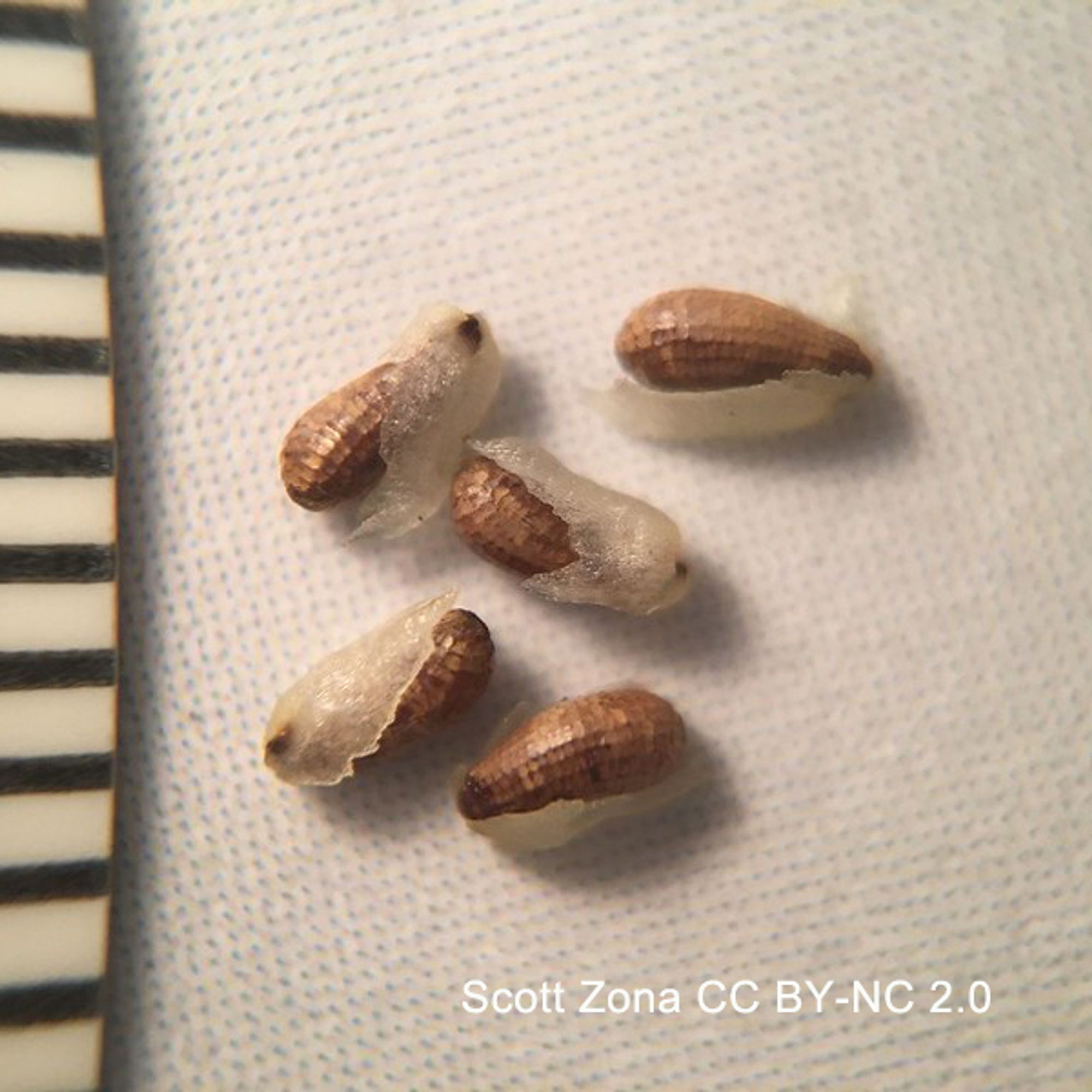
This week: dispersal of seeds by ants (myrmecochory). Ants, attracted to the food body on the seed, carry the seed to the nest, eat the food body & discard the seed. This evolved repeatedly in 77 families & ca. 11K spp. 📷: Viola villosa by Sonnia Hill CCBY2 #Violaceae#dispersal#botany 🌱🧪🌾
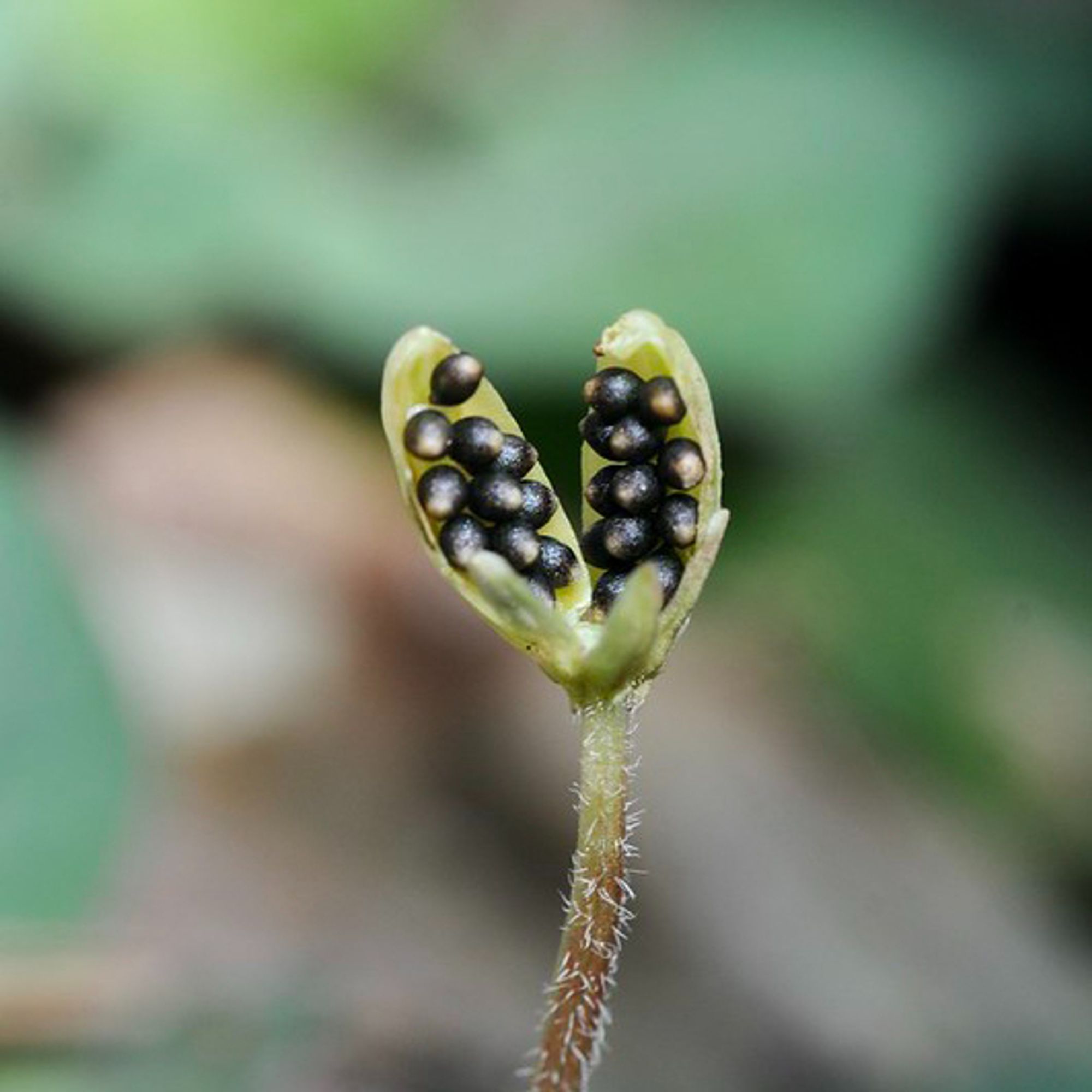
Yep. These guys are straight out of Alien! 😳
Who doesn’t?
Of course, the ultimate morphological oddballs are those parasitic plants that are endophytic, i.e. they live inside their hosts, emerging only to produce flowers. Rafflesia (#Rafflesiaceae) is a famous example, but another is Pilostyles hamiltonii (#Apodanthaceae). Kevin Thiele CCBY2 #Botany 🌾🧪🌱

So depressing.... I have seen this trend my entire professional life. The Botany Dept at the Univ of Florida, where I got my MS degree, has been subsumed into Biology, with predictable results. Taxonomy is hit particularly hard, along with Plant Morphology and Anatomy.
This 👇🏻💯 (I’m a plant taxonomist NOT working in taxonomy)
Leaves & flowers are borne on stems, right? So why is this flower emerging from the leaf of Helwingia chinensis (#Helwingiaceae)? Epiphylly (“upon a leaf”) occurs when the flower primordium is captured by the developing leaf and carried to the center of the lamina. #morphology#Botany 🌱🧪🌾
